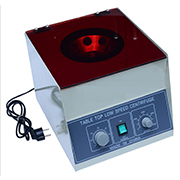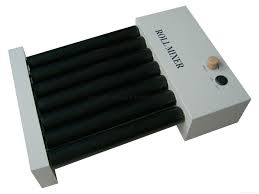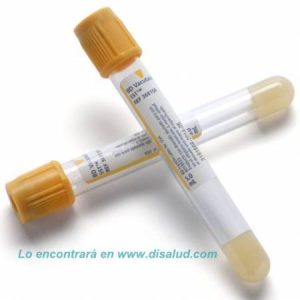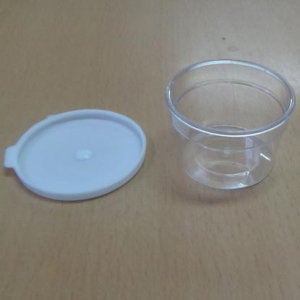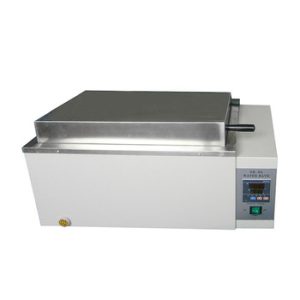Centrifuge Machine
It is a device that uses centrifugal force
to separate various component of a fluid
Related products
-
Christmas Offer, LABORATORY EQUIPMENT AND CONSUMABLES
Lab Roller Mixer
0 out of 5(0)Lab 6 tube roller mixer
It can carry out two functions (roll and swing)
Used to mix and blend blood component.
It can be rolling mixing, anticlockwise rolling and speed adjustable
Six rolls, compact structure and adapted for obvious environment.
Reasonable space between the rolls making it fit for different size tube.
Has a max weight of 6kg and can swing to an angle of ±11°.
Running mode is continuous
Adapted to mixing of blood samples adhesive materials and liquid-solid suspensions.
Order this and other Lab equipment from Alpha Surgicals Supplies Ltd, Nairobi
Our service team are ready to assist you
SKU: n/aKSh 18,000.00 -
Home Care Equipment, LABORATORY EQUIPMENT AND CONSUMABLES
WATER BATH
0 out of 5(0)Uses of water bath
It is used to heat samples maintaining cell lines or heating flammable chemicals that might combust if exposed to open flame
It consist of a heating unit a stainless-steel chamber that holds the water and samples a control interface
The inbuilt anti-corrosion circulating pump can provide circulating constant temperature heat source for glass reactor and rotary evaporator
Type of water bath
A shaking water bath in action
Circulating water baths
Circulating water bath: It keeps a more even temperature, also known as stirrers,
ideal for applications when temperature uniformity and consistency re critical such as enzymatic and serologic experiment.
Water is thoroughly circulated thorough out the bath resulting in a more uniform temperature
Shaking water bath
It has extra control for shaking which moves liquid around, the shaking features can be turned on or off.
In microbiological practices constant shaking allows liquid-grown cell cultures grown cell cultures grown to constantly mix with the air.
Working principle
The sensor transfer water temperature to resistance value, amplifier and compared by integrated amplifier then output the control signal,
efficiently control the average heating power of electric heating tube and maintain water in constant temperature
When you require balanced high temperature heating that water bath is a good choice.
Operating the water bath
Connect the power supply
Ensure the water level in water bath is sufficient to pour the heating element
Switch ‘on’ the main power supply and instrument mains
For temperature settings press SET key to set the required temperature ↑ to increase the temperature and ↓ to reduce the temperature
The temperature sensor will maintain the set
SKU: n/aKSh 17,000.00

